|
The final relic this year is by Harriet Hill, a potent reminder of the Greenham Common protests that started in 1981, The Women's Peace Camp. The sculpture containing a piece clipped from the perimeter fence, has been placed on the monument to martyrs Elias Thacker and John Copping who were hanged in 1583 for their principles. The Quiet Relics To think of all the stories that we’ll leave unearthed, unheard; a perfect skimming stone, the soil-drowned bones of garden birds, the boarding card still holding someone’s page, all left, unclaimed. Listen. A twisted loop of fence pressed like a seashell to your ear so you can hear the waves of female voices, thick with rage, the campfires’ spit and crackle like a thousand quiet, angry hearths, the faint staccato of the cutters, cutting at the fence. Only in silence you can hear the hum of ordinary stones, unsacred scraps of wire and slate, driftwood and bone, each coursing with unknown significance,, each keeping unfound secrets of its own. Anna Kibbey The fence knows… … about the whirr of a B-29 overhead, how a man inside, who’d named the plane after his mother, pressed a button, and the Little Boy fell, twisting children going to school into charcoal. In a flash, a buzzing city became flattened ash. The fence knows that they did it again, launched Fat Man from another plane, turning toddlers playing nursery games to dust. Women running, heads split open, peeling skin. Another 100,000 lives gone. The fence knows that years later men still toyed with machines that kill, enough to eradicate the world. Stored them near a crowded city, building an enclosure to protect the weapons, not the people. The fence knows about the women who walked from Wales to demonstrate their disgust. Later 30,000 joined hands, sang songs, encircled the chilling base within, held up mirrors to reflect it back, dressed as teddy bears, to stir some feeling, memories. The fence knows about the women weeping and weeping and weeping because it was the only thing left to do. They’d cut the fence, pulled it down, danced inside and still the icy mindlessness endured. S.A. MacLeod Harriet Hill is based in South East London. She creates sculpture, site-specific installation and interactive live art that responds to the visceral qualities of materials, physical space and social frameworks. These may be structural, spatial, experiential or tactile. She is interested in the way these elements affect us and how they can be manipulated. Working in a playful and dynamic way she uses evocative materials such as elastic, cardboard, felt and tape. She creates sculpture or contextual drawings that stimulate narrative through using the installation space as part of the work. By revealing or highlighting what is already there a viewer’s perception of an object and it's environment can be shifted or changed. http://www.harriethill.co.uk https://www.harriethillfabrication.com/ https://www.axisweb.org/p/harriethill/ https://www.instagram.com/harrietlhill/ Anna Kibbey is a British writer living in London with her husband and two children. She is studying with Ella Frears at CityLit, and has published work in magazines and journals in the US and UK. You can find more of her poetry on Instagram at @by_annakibbey S.A. MacLeod's short stories have appeared in The London Reader, Northwords Now, Pulp Net and the Fish Anthology. Since the pandemic she has been writing poetry that has been published by Coin-Operated Press and longlisted by The Butcher's Dog. Born in the north of Scotland, she spent seven years working in Japan and is now based in South London. She is interested in creative work that speaks out against oppression. www.samacleod.net @lejolimai22
2 Comments
Henry Driver's is a thoroughly modern, 3D printed. relic of a diatom, which is a microscopic single celled algae. They photosynthesise and produce up to 30% of the oxygen we breathe, and were also instrumental in helping to develop the atmosphere. Scientists predict there are between 20,000 and 2 million different species, they live in water and moist habitats. They have been around for millions or possibly billions of years, and their skeletons are made out of silica, which can be fossilised for million of years. Climatetologists are examining these skeletons to understand how life responded to the increased heat of previous epochs. Two relics have been deposited in Looms Lane and The Great Churchyard. The response is by Natalie Low. When all that's left behind is air, Old threads spin round a form unseen. The shape of life can still be there. Caged memories, like hooks, ensnare, Giving new breath to what they mean, When all that's left behind is air. For I can see them everywhere, Transparent husks with fossil sheen. The shape of life can still be there. Pompeiian casts, their fear laid bare, Reflect the people they had been, When all that's left behind is air. A snakeskin still evokes the lair. Skeletal leaves recall the green. The shape of life can still be there. And likewise, with these thoughts I share, These words, my hands the link between, When all that's left behind is air, The shape of life can still be there. Natalie Low Henry Driver's aim is to connect audiences to the environment, as well as to combat the climate crisis by presenting achievable responses. Coming from a farming family, he has witnessed the effects of climate change, as they ravage harvests. It was this first hand experience that persuaded him to solely focus on the environment. He uses a variety of media and technologies, including interactive media, games design, artificial intelligence, projection, photography, video, sound and sculpture. Henry has shown work across the world, and in the UK in Tate Liverpool, Tate Britain and the Barbican. Most recently he was commissioned to create an interactive artwork, 'Secrets of the soil', for BBC Arts and Arts Council England through New Creatives. It is available to download for free or experience online. www.henrydriverartists.com Instaagram @henrydriver_ Twitter @henrydriver_ Natalie Low enjoys putting words on paper and believes that everyone has a book of some sort inside them. She has published two chapbooks, Dementia (2015) and School Run (2017). She is a regular contributor to CollectConnect exhibitions, both as a writer and artist/maker. Instagram @nat.low Facebook Natalie Low Five pin boxes, a limited edition of relics, by David Falkner. They might be useful to Sew Much To Do, Fast-Stitch, Sylwia Style, Pocket Watches and Petticoats, May Alterations. The response is by Deborah Bowkis. Faded Blue It’s gone, the past but sentiment ’s a magnet, we store memories in a matchbox and beetles in a box, keepsakes in coffins. They’re personal not universal yet as sacred, as the skin of a saint, we can’t remain pinned to the past. David Falkner is an artist and curator. After studying Fine Art at Chelsea College of Art & Design (1988-91), David practiced as an artist, exhibiting throughout Europe, before dedicating himself to interdisciplinary curatorial work in public-sector venues in the UK, initially at Bury St Edmunds Art Gallery and Pump House Gallery London, before becoming Director of Kingston University’s Stanley Picker Gallery in 2004 and also Dorich House Museum in 2015. Also supporting innovative practice outside of the Gallery he sits on the Board of Directors of the Live Art collective Duckie. Deborah Bowkis has published through competition prizes and in anthologies, including Ink Pantry Sea of Ink and Voices of the Brecks. She currently works as an academic and has taught creative writing courses and workshops in Suffolk. In 2016 she set up a thriving creative writing group, Left to Write, in Bury St. Edmunds. https://greenacrewriters.blogspot.com, http://www.breakingnewground.org.uk There are a few layers to Caroline Wright's relic. It comprises two now redundant slides, a medical image on each, which depict a tumour and the associated measurements, the warmth of a knitted cover that wraps around. Caroline's relic is tucked up next to Cancer Research in Abbeygate Street. The response is by Phil Barrett. Medically speaking the body is a remarkable place, with its ability to repair and replace blood, flesh and bone. Even organs like the heart become removable, replaceable, functions packaged like relics from the past. While these images, wrapped-up in their woolly sleeve or muff, white as a babies first booties, first knitted cardi, cot blanket, or shawl, preserve the evidence that we are human, unpredictable, unfathomable, after all. Phil Barrett Caroline Wright is an artist and researcher whose practice is site specific and realised in various media. She has made work for cities and rural locations, on beaches and in buildings of spiritual significance, for festivals and for galleries. Her current Doctoral research investigates if the practices of drawing, swimming and writing address the lived experiences of rapid coastal erosion and is based in her home county of Suffolk, England. Wright has exhibited nationally and internationally including commissions for Cambridge University, London 2012, PSi 19 San Francisco USA, Edinburgh Festival, the Law Council and international BAR Associations, Royal Ulster Academy, Southwark Park Gallery and Wysing Arts Centre. Wright is Programme Leader for Fine Art at the Open College of the Arts and a founder member of the Misreading Group. Twitter: @carolinejwright Instagram: carolinejwright1 Phil Barrett originally trained as a visual artist,, and he was Head of Art at the Purcell School for 27 years. He has won prizes and been published in a number of poetry anthologies; and since retiring has both read and led creative writing workshops, for adults and children, in a large number of schools and libraries in North Norfolk. In 2012 he was instrumental in launching FALCON (Facilitating Art and Literature for Children Of Norfolk) an initiative designed to increase creative opportunities for children, which ran until 2018. Phil currently runs a monthly writing session called ‘Writing On The Spot’, along with an ‘Arts Forum’ at Holt Community Centre, where he interviews people who have made a significant contribution to the arts locally and beyond. In January 2017 Phil published a book of poems, with Grove Publishing, called ‘Writing Me’. Kate Murdoch's very modern relic has found a home by Hughes electrical store at the top of St John's Street. Does anyone have the technology to play it and find her message? The response is by Natalie Low. (Petrified, vitrified) Black plastic-boned fossil, (Rounded, mounded) Time-eroded and smoothed, (Obsolete, incomplete) DNA dried and encoded, (Preserved, reserved) Your ribbon of contents unheard. (Vivacious, mendacious) Your teasing note - play me. (Orwellian, Churchillian) Would we hear history, grandeur? (Hendrix, transfix) Or a beat of music, hanging, (Trivial, convivial) Or a small sweet moment. Natalie Low Kate Murdoch's work centres around everyday objects and is driven by a lifelong passion for collecting. Her creative practice is inspired by her day to day experience and draws on both past and present relationships with others. The repurposed objects she presents, frequently open up opportunities for discussion around class, privilege, gender adn female identity. Wider themes of loss and remembrance run through the work, reflecting her fascination with the permanence of objects versus the fragility of human existence. www.katemurdochartists.com Instagram @katemurdochartist Twitter @katemurdochart Blog 'Keeping It Going' on a-n Artist Network: https://a-n.co.uk/blogs/keeping-it-going-1/ Natalie Low enjoys putting words on paper and believes that everyone has a book of some sort inside them. She has published two chapbooks, Dementia (2015) and School Run (2017). She is a regular contributor to CollectConnect exhibitions, both as a writer and artist/maker. Instagram @nat.low Facebook Natalie Low |
Barbara DouganI am an artist and the curator for grove and groving. This blog is groving online, and records the artworks placed on the streets of Bury St Edmunds along with responses to the work by commissioned writers. Archives
September 2023
Categories |
Proudly powered by Weebly
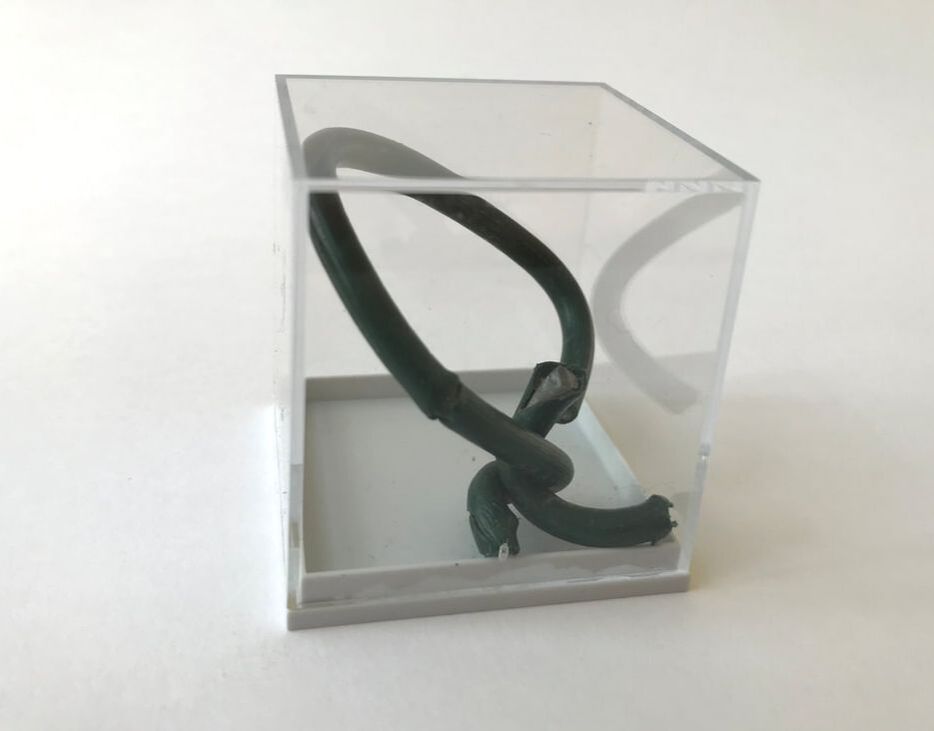

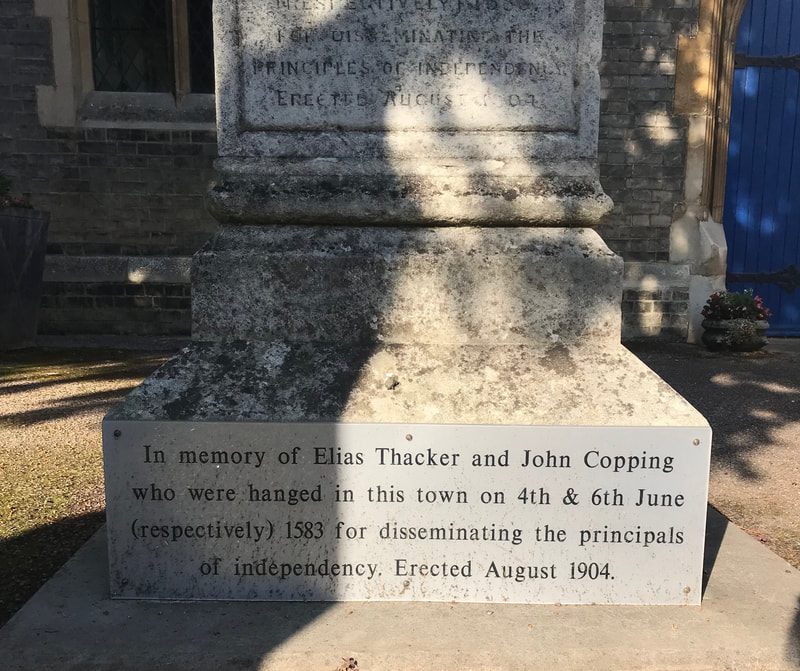
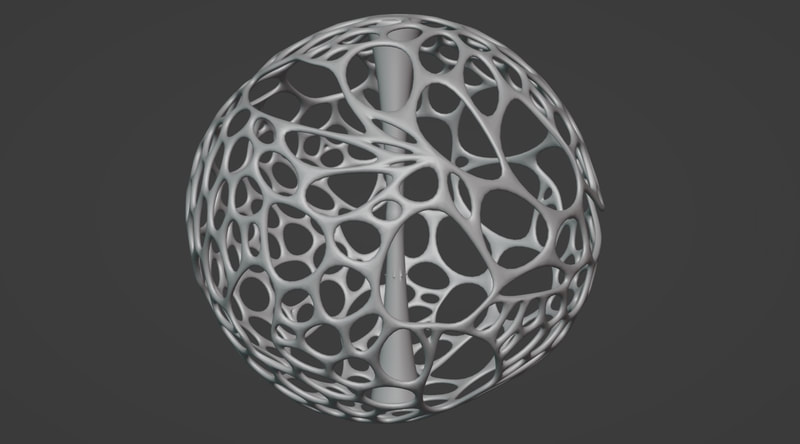
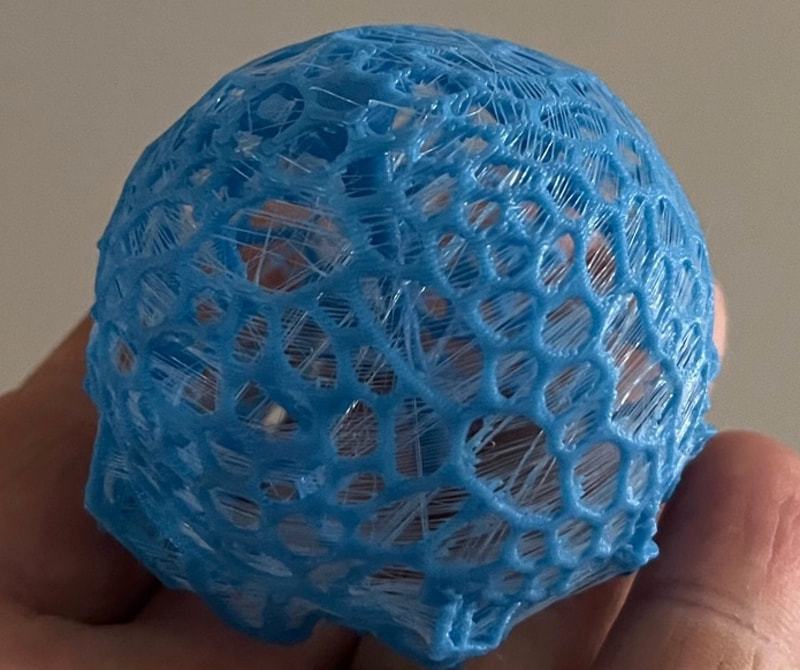
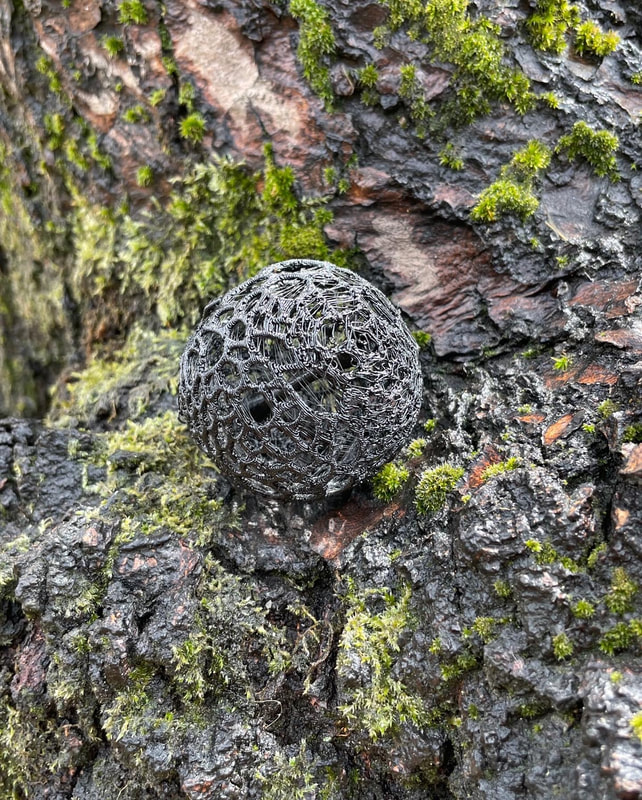
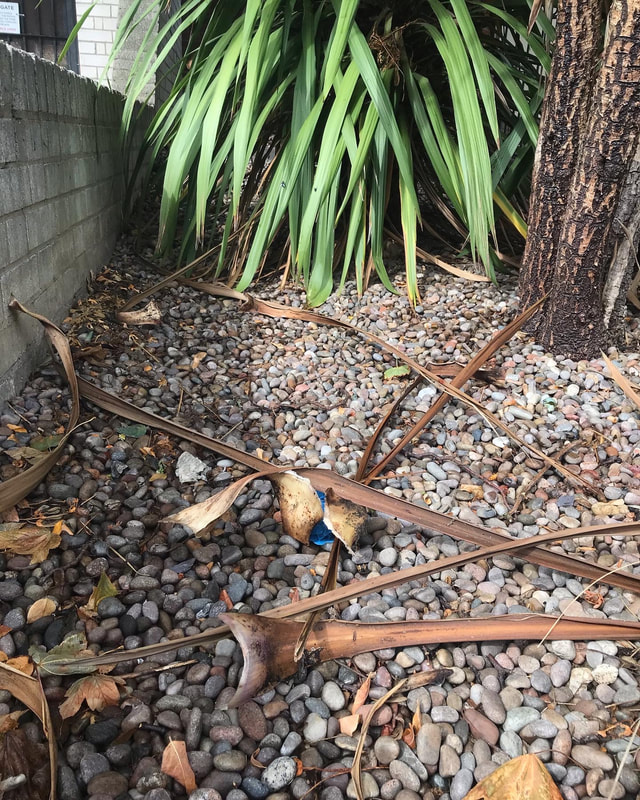
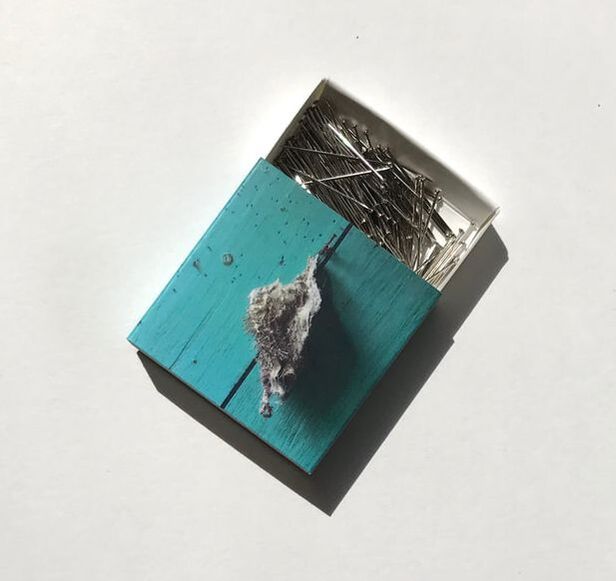
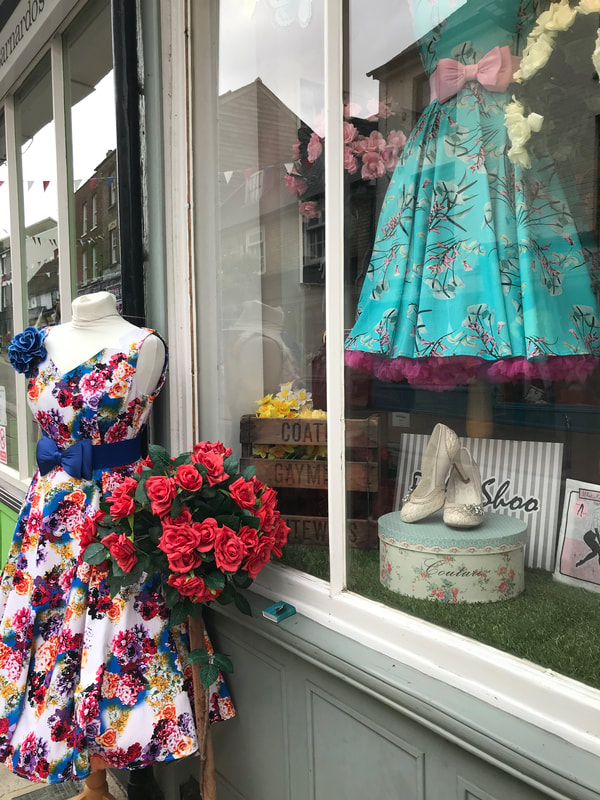
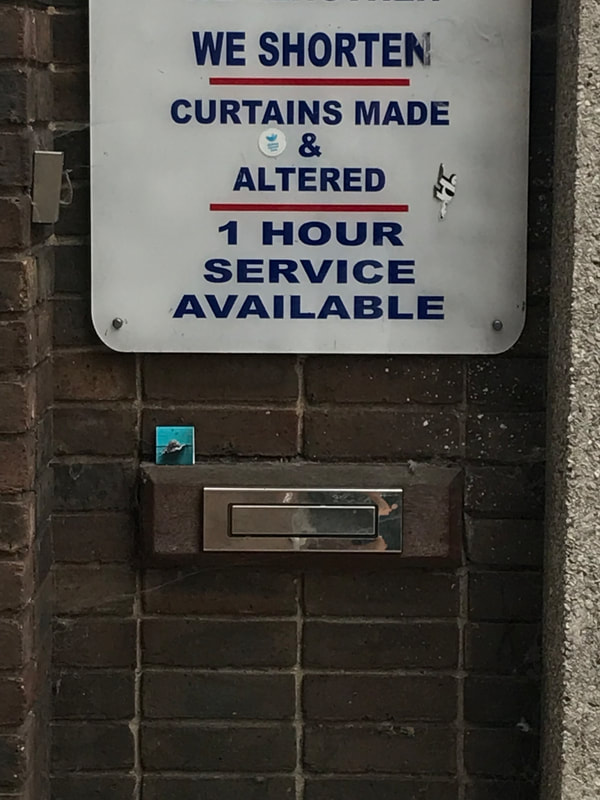
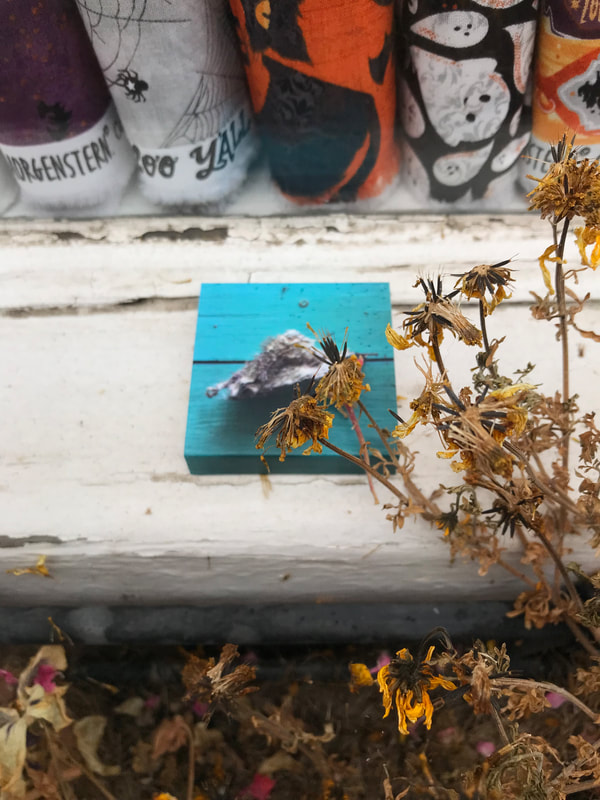
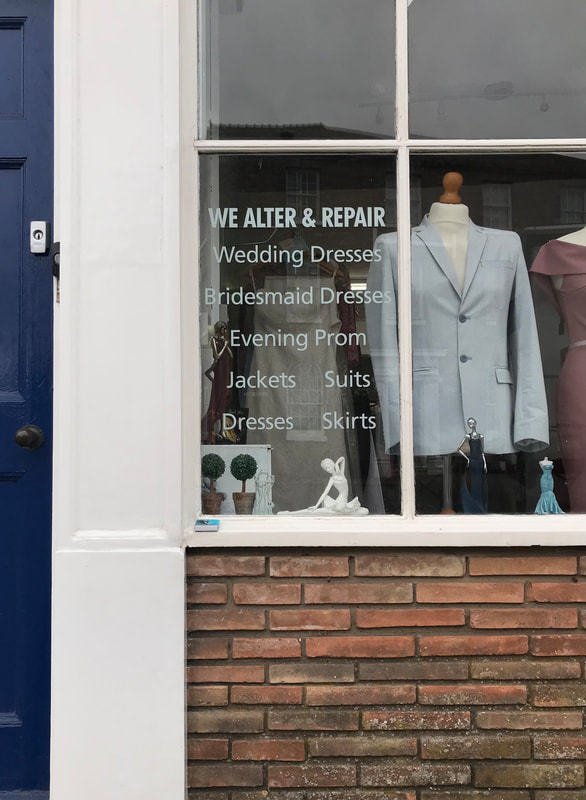
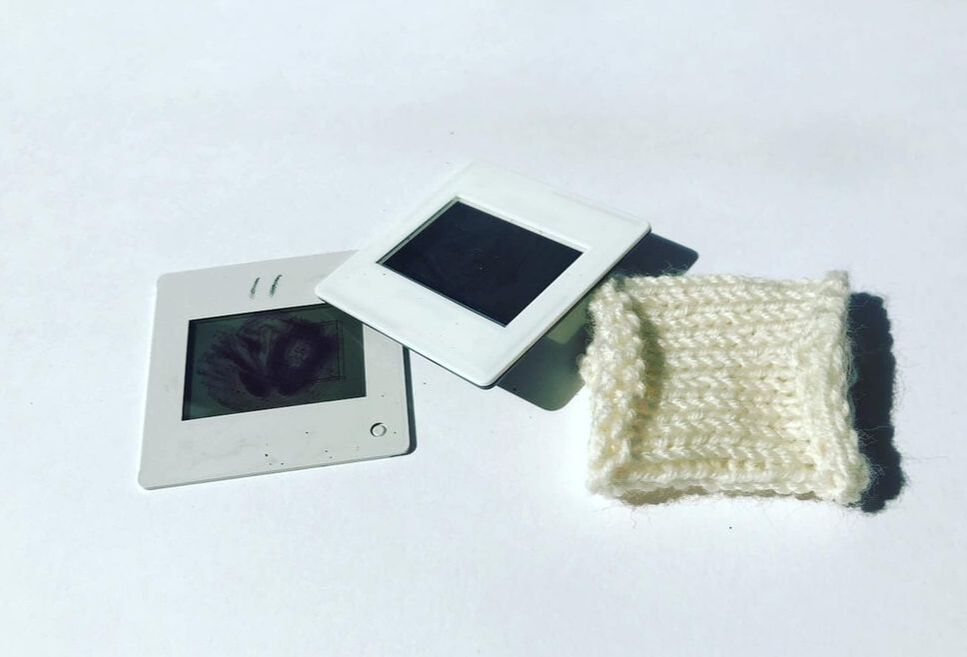
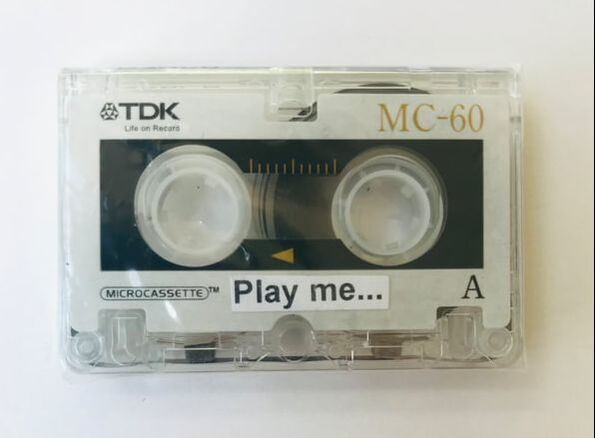
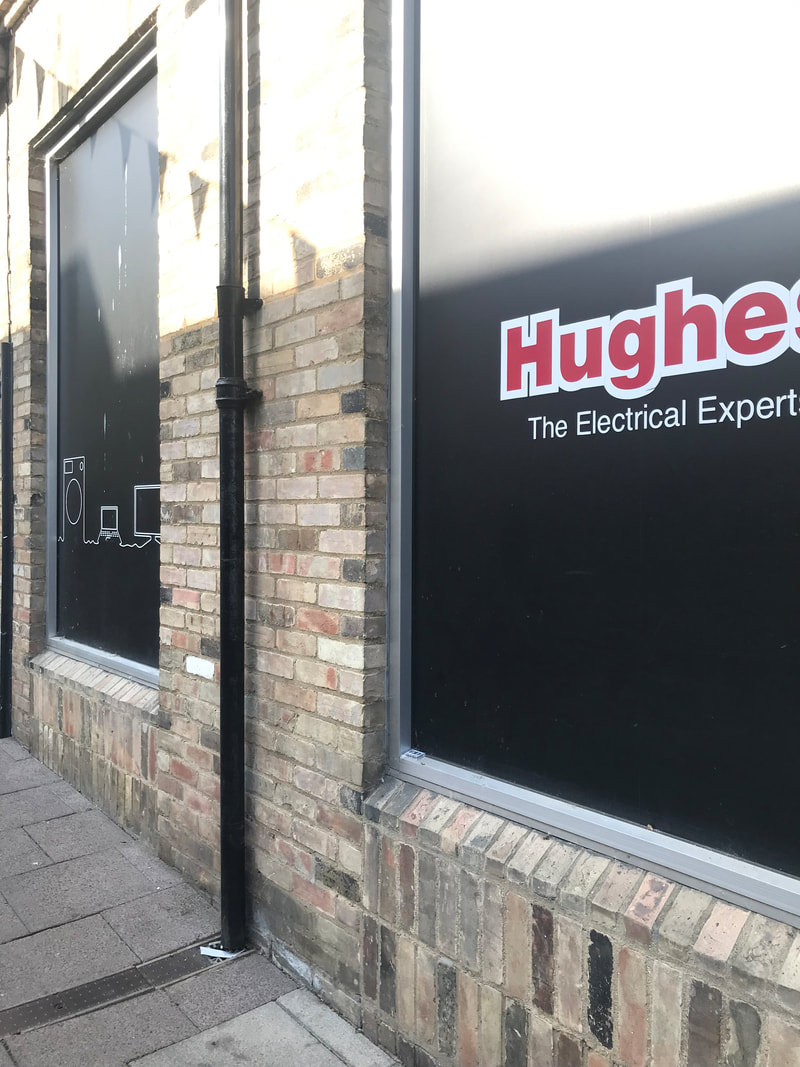
 RSS Feed
RSS Feed